Hey steemians!! Hope everyone is doing great.
I enjoy writing space posts for you guys, no doubt. But I never thought my study on oceans can lead me to space, can you imagine? It's our ocean tides actually, that relate to the gravitational interactions between our earth, moon and sun. And I found some wonders, which I'll be sharing with you in this post.
Introduction
We'll basically focus on the rotation of earth around its own axis. For us, it is a normal thing that happens all the time, as normal as day and night caused by it. The wonders we are looking at are hidden in uncovering its history, and in predicting its future.
In the beginning...
I have no idea how fast the earth used to rotate before we had our moon. But I can say that something cool happened before earth even had a moon. A massive, head-on collision between two huge planets, according to the most widely accepted theory ( Giant-imapct hypothesis) till date. That collision happened, right where we live and breathe today.
Our solar system was formed about 4.6 billion years ago. So it can be guessed that things were quite chaotic back then. The four giant planets Jupiter, Saturn, Uranus, and Neptune were still arranging themselves into the orbits they have today. And there were some smaller bodies as well.
The Giant Impact
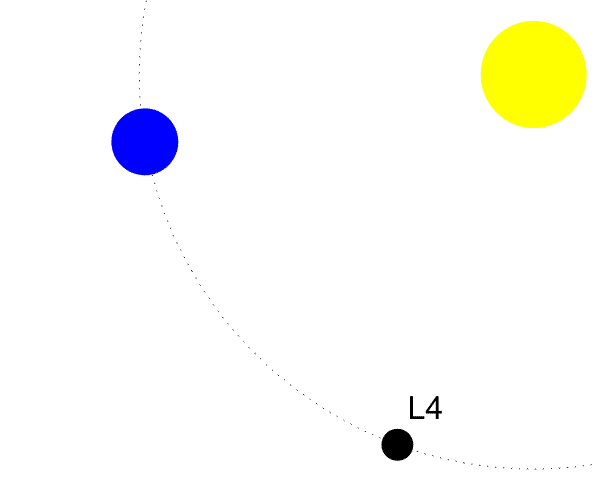
Gif Source
Attributions: By No machine-readable author provided. Dart evader~commonswiki assumed (based on copyright claims). GFDL, CC-BY-SA-3.0 or CC BY-SA 2.5, via Wikimedia Commons
The event we are talking about happened quite early, only about hundred million years after the solar system was formed, 4.5 billion years ago.
The earlier version of earth is named Gaia. It was about just as big as our earth itself, may be a little smaller. And the other planet that struck it, Theia was about the size of mars. I am still excited about the head-freakin-on collision, just can't get it out of my mind.
Theia is called a planet because of its size. Another way of seeing Theia is as an Earth trojan (or a Gaia Trojan 4.5 billion years ago). A trojan of a planet is a body (almost always an asteroid or moon) that orbits in the vicinity of that planet itself. It could be at L4 or L5 Lagrangian points (named after Joseph-Louis Lagrange).
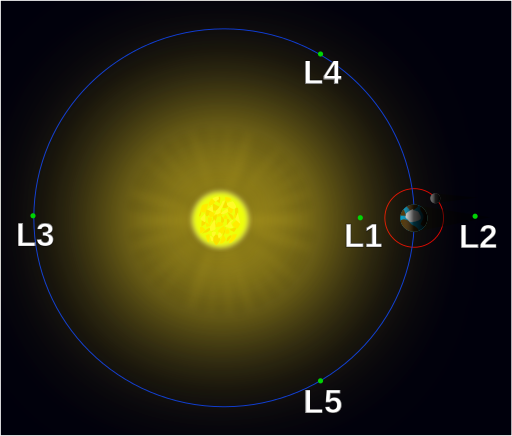
Image Source
Attribution: By Xander89 (File:Lagrange_points2.svg) CC BY 3.0, via Wikimedia Commons
At some point, the orbit of Theia was disturbed for some reason, and that caused it to be pulled off from that point. The reason is must be a strong enough gravitational influence, which could be caused by Venus. Or it could also be caused by a giant planet like Jupiter. Most articles only refer to Venus, but I'll play it safe like Wikipedia and say - It was due to Jupiter and/or Venus. That's very politically correct...
As Theia was disturbed and pushed away from its orbit, it approached Gaia, and obviously they collided, and they merged....
Merged, as in even the core and mantle of each of these two planets became one. To this day, if we looked for different specimens of rocks on earth and try to decide which ones belonged to Gaia, and which ones to Theia, we'd find nothing significant. This collision happened 4.5 billion years ago, and that's very early after the solar system was formed. So finding a difference won't be easy anyways.
The Story of Our Moon...
Also, as a byproduct of this collision, some parts of Gaia and Theia scattered in space. These pieces revolved around the newly forming planet that we today know as Earth till they joined each other over a period of time, and formed our moon as we know it.
And then things kept changing...
We know that we only see just one side of the moon. You know, like earth spins around it's own axis, the moon doesn't do that as seen from the earth. And that results in just one side of it always facing the earth. This is never going to change, unless any asteroid collides the moon tangentially and makes it rotate, never ever.
But this might not have been the case from the very birth of moon. The moon might have been rotating around it's own axis as well. It just stopped spinning over some relatively small amount of time... thanks to the earth's gravity. The gravitational interactions between earth and moon caused tidal forces. The Earth, owing to it's huge mass, and hence a stronger gravitational pull, has a far stronger effect on moon. Which is a lot more than the moon has on our earth.
As a result of this our moon now spins in what is called Tidal Locking (also synchronous rotation), it completes one spin in almost the same time it takes to revolve around the earth. And that's why we we always see just one side of the moon.
This is an animation of moon through the phases. Notice that we always only see the same side. The apparent "wobbling" of moon that we see here is called libration.
How earth changed the moon?? And How moon changed the earth??
Earth is also kind of throwing the moon farther form it, in longer orbits. The moon was far closer when it was formed. And since orbital velocity of any satellite around earth varies inversely with square root of distance of the satellite from the center of earth.
Here v is the velocity, R is the distance between the satellile and the center of the earth.
We can say the moon revolved around earth pretty fast back then. And as it gets pulled farther, it will be revolving slower.
By the way, an awesome fact: During the time of dinosaurs, earth was spinning faster, it had 23 hours per day!!
Earth's spin slowing down over billions of years, is caused by the moon. And as we saw, this makes our moon drift away from earth, which is measured as about 3.8 cm/year.
3.8 cm/yr doesn't seem very long for us, or even when compared with the sizes of earth and moon either. But over a period of time, over billions of years, this adds up into a significant distance, right?
Over our lifespan (say 100 years) our moon moves 3.8 meters farther. Every 100,000 years it goes 3.8 km father, and so on.
The Story of Earth, Moon, and Tides...
We all know that the moon causes tides in the ocean. But these tides spin around the earth a little ahead of the moon, because they gain additional inertia from the earth's spin itself. This oceanic bulge on earth, facing the moon, is actually the cause of tidal acceleration that slows down the earth's spin.
The deceleration (decreasing speed) of earth's rotation due to tidal acceleration is caused by a little bit of friction between the ocean tides and the earth surface, which results in the earth's spin slowing down. This can be noticed only with atomic clock level of precision. The earth, being so huge compared to the moon, is much lesser affected by tidal friction, but is affected nonetheless. The rotation of earth slows down only by about 23 milliseconds every year.
You see, owing to the same tidal friction, earth made the moon get tidally locked to earth itself (synchronously rotate around it) quite easily. But the moon to have the same effect of tidal locking on earth will take about five billion more years. Earth and moon may not even last that long, but assuming they do... the spin of earth would have slowed down to 47 days per rotation!! Compared to 24 hours/rotation presently, that's a big difference, but that's also five billion years in future.
Also, the Giant Impact Hypothesis predicts that 4.5 billion years ago, the new earth completed a rotation in just about 5 hours, imagine 2.5 hours of day and night!! The gradual slowing of the spin due to tidal friction, caused it to be just over 18 hours per rotation as the study of rocks found in Xiamaling Formation from Northern China suggests, which was about 1.4 billion years ago!!
Every piece of rock has a story to tell...
Our sun alone is responsible for 95% of the mass of our solar system. And that makes hydrogen and helium the most abundant elements in the solar system. Do you know which element comes next after these two in terms of abundance in the solar system? It's our life support, Oxygen!! Should we be surprised? There are different forms of isotopes of oxygen available throughout the solar system. O-16 (oxygen atom with 8 neutrons, 8 protons) being readily available on earth. We also have O-17 (9 neutrons, 8 protons) and O-18 (10 neutrons, 8 protons) in very small quantities as well. These three are the stable isotopes of oxygen.A very small change that can be measured over a span of 1.4 billion years, yet, is the ratios O-17/O-16 and O-18/O-16 present in earth's rocks. The oldest rock formations found on earth till date are in Xiamaling Formation from Northern China!! Yes, the oldest rock formation on our planet was also Made in China. They are the ones we study for what happened 1.4 billion years ago, simply because that's when they were formed.
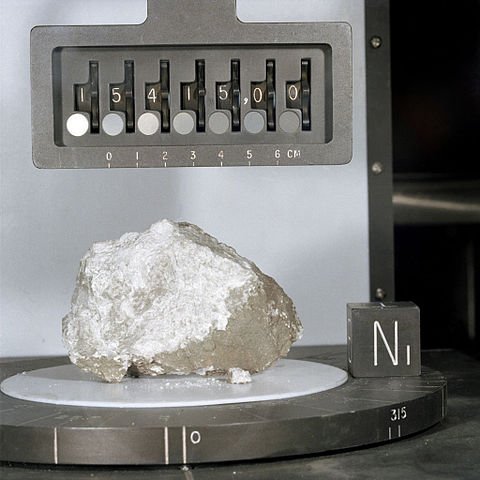
Image Source
This is what some rock on the moon look like. This one is named the Genesis rock, and was brought to earth by the Apollo-15 mission. And this is said to be formed 4.1 billion years ago. It is younger than our moon by 4 hundred million years basically.
We collected the rocks from asteroid collisions (meteorites) on earth. When compared with the rocks on earth, there happens to be a difference in the ratios O-17/O-16 and O-18/O-16 present in them. And that's how we conclude that those rocks are not from earth. But when Apollo missions brought huge chunks from moon to the earth during their missions, these ratios was found to differ so slightly (12 parts per million for O-17/O-16). It can easily be concluded that our moon has the most earth like rocks than anywhere else in the solar system. And this helps in proving the Giant Impact hypothesis.
There are some questions that bother people now. For example, just like our Earth, Venus too faced some massive collisions back then. So why doesn't it have a moon??
Tell me what you think about this article in the comments. See you all soon, take care.
References:
- Giant-impact Hypothesis
- Tidal Locking
- Tidal Acceleration
- Days on earth growing longer
- Oxygen isotope Ratios from sciencemag
- Oxygen isotope Ratios from nasa
- Moon facts
- The Genesis Rock
SteemSTEM is a community project with the goal to promote and support Science, Technology, Engineering and Mathematics on the Steem blockchain. If you wish to support the steemSTEM project you can:
Discord community | Delegate SP to steemstemContribute STEM content using the #steemstem tag | Support steemstem authors | Join our curation trail | Visit our
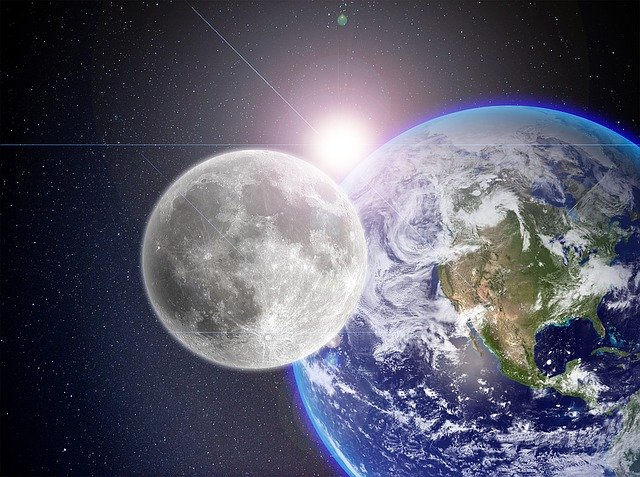
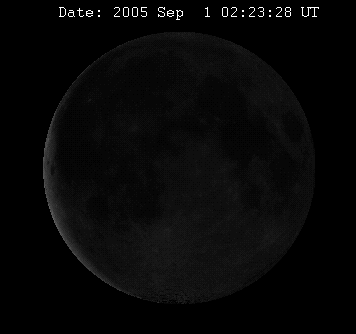
Hi @pratik27. It was kinda difficult to grasp the concept maybe due to the fact that I'm not familiar with such subject. I've realised that towards the end of your article, there were no pictures, just a thousand words. I would suggest you add a picture for every 2 major paragraphs to make it more readable. I'm not sure about everyone else, but I prefer an article which has lots of related picture in it (but not too much).
Thanks for your genuine feedback @chloroform. I will make sure I search enough images when I plan my articles. The articles obviously are for the readers to understand as easily as possible. I added a few images that I thought could help in better understanding and/or imagination.
I read this comment earlier, and I replied, but I missed the most important point you made... It was kinda difficult to grasp...
Well, you may not know, but this actually turns the article into a piece of trash. And I am going to edit it, entirely.
It's just that this took me so long to understand. Also, thanks a lot for your genuine feedbacks @chloroform and @katerinaramm. They will always be appreciated.